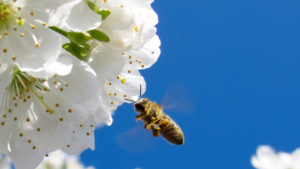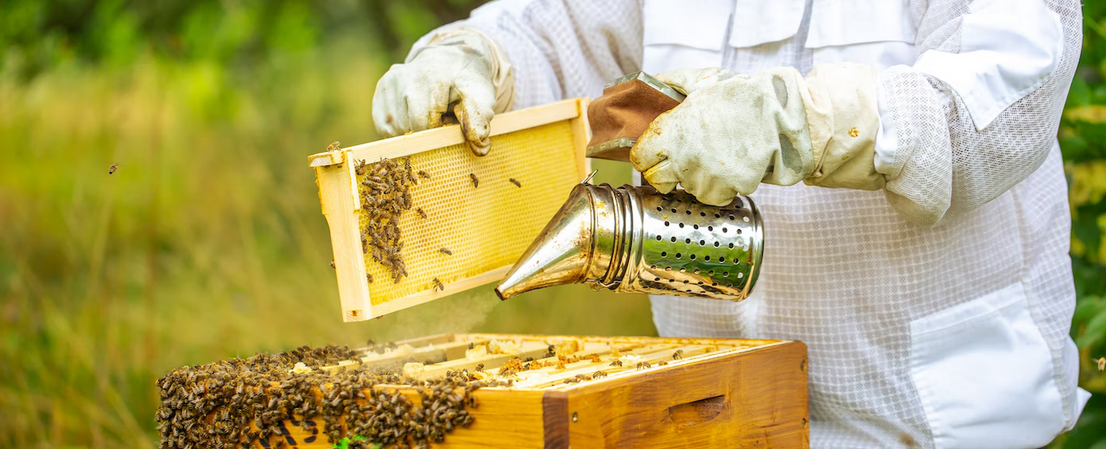These incredible insects play a vital role in our ecosystem, pollinating plants and ensuring bountiful harvests. But nurturing healthy honey bee hives takes more than just luck – it requires careful management and attention to detail.
In this blog post, we’ll explore some essential strategies for success, from nutrition management to pest control. So grab your protective gear and join us on this sweet journey to thriving beehives.
Nutrition Management

Nutrition management is key to maintaining strong and vibrant honey bee hives. Just like humans, bees require a balanced diet to thrive. Providing them with a diverse range of food sources ensures they receive all the necessary nutrients for optimal health. One crucial aspect of nutrition management is ensuring an abundant supply of pollen. Pollen provides essential proteins that help in brood development and overall colony strength. By planting pollinator-friendly flowers and encouraging biodiversity, beekeepers can ensure their hives have access to a wide variety of pollen sources throughout the year.
Supplemental feeding may be necessary during times when natural food sources are limited or if colonies need additional support. Beekeepers can provide sugar syrup or specially formulated supplements to ensure their hives have enough sustenance during challenging periods such as early spring or late autumn.
Pest and Disease Monitoring
Regular inspections are key when it comes to identifying potential problems early on. It’s important to keep a watchful eye for signs of infestation or illness, such as unusual behavior, abnormal brood patterns, or the presence of mites. By catching these issues early, beekeepers can take appropriate measures to prevent further damage.
One effective method of pest control is integrated pest management (IPM). This approach focuses on using various techniques – such as physical barriers, cultural practices, and biological controls – in combination with minimal use of chemical treatments. IPM not only helps manage pests effectively but also minimizes impacts on beneficial insects like bees. One common pest affecting honey bee hives is the varroa mite. This can lead to varroosis in honey bees in the colonies. These tiny parasites bind themselves to the bees and feed on their hemolymph, ultimately draining the bees and making them more sensitive to various diseases. Treatment like spraying Varroxal is a must to combat this issue.

Seasonal Hive Inspections
Keeping a close eye on your honey bee hives throughout the seasons is crucial for maintaining healthy and productive colonies. Regular inspections can help you identify any potential issues early on, ensuring that your bees stay strong and thriving.
- Spring: During springtime, when the hive activity starts picking up, it’s essential to inspect each hive for signs of growth and productivity. Look for a healthy brood pattern with eggs, larvae, and capped cells present. This indicates that the queen is doing her job effectively.
- Summer: As summer arrives, be mindful of overcrowding within the hive. If there are too many bees in one box or excessive congestion at the entrance, consider adding super or splitting the colony to prevent swarming.
- Fall: Autumn brings about preparations for winter survival. Check if there are enough stores of honey to sustain the colony through colder months. Ensure that they have adequate ventilation while also protecting them from drafts.
- Winter: Winter inspections should be kept to a minimum, as opening up hives during freezing temperatures can cause stress to your bees. Instead, monitor their food supply by gently lifting each side of the hive to assess its weight without disturbing them excessively.
Nurturing healthy honey bee hives is a labor of love that can lead to sweet success. By focusing on nutrition management, pest and disease monitoring, seasonal hive inspections, and environmental considerations, beekeepers can ensure the well-being of their hives and enjoy bountiful harvests.
